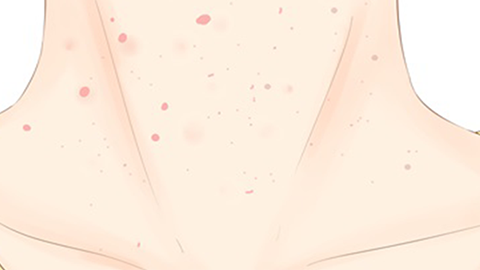Are skin tags on the neck contagious?
Generally, filiform warts on the neck are contagious and mainly transmitted through direct or indirect contact, consistent with the transmission methods of filiform warts on other body parts. Preventive measures are necessary in daily life to reduce the risk of infection. Detailed analysis is as follows:

Filiform warts on the neck are caused by infection with low-risk human papillomavirus (HPV). The virus can spread through direct contact. If healthy individuals have skin injuries and then directly touch the warts on the neck, the virus may enter the skin through the wound and cause infection. Sharing towels, scarves, collars, or other neck-contacting items with infected individuals may also lead to indirect viral exposure and increase the risk of infection. Particularly, the skin on the neck is relatively thin and tender, and frequently rubs against clothing or accessories. If the wart becomes damaged, the virus can more easily adhere to contacted objects and spread.
In daily life, scratching filiform warts on the neck with hands should be avoided to prevent the virus from spreading to other body parts or transmitting to others. Personal items such as towels and scarves should be used separately and regularly washed and disinfected. Washing hands promptly after contact with patients and maintaining skin cleanliness can effectively reduce the risk of transmission.




